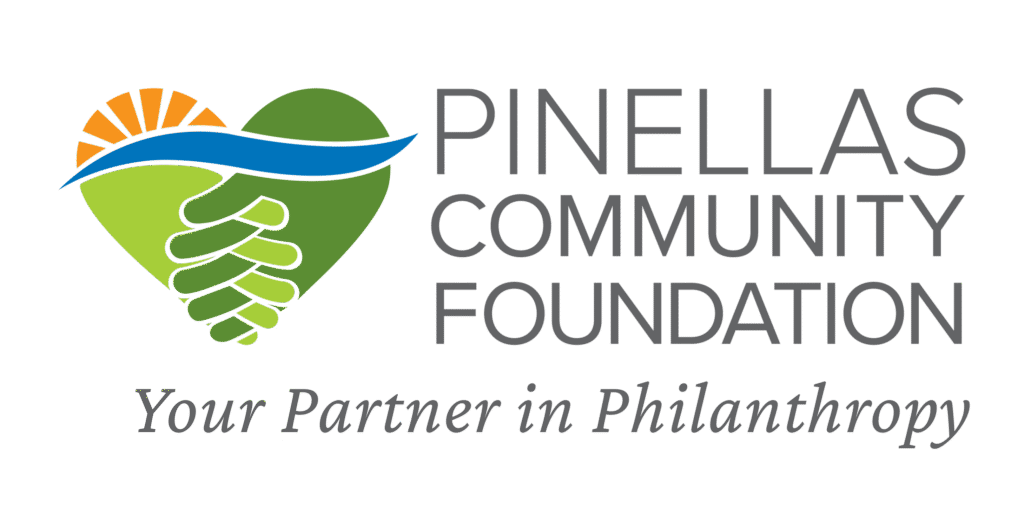Charitable giving is vital for sustainable philanthropy and wealth management, especially for high-net-worth individuals seeking tax efficiency and long-term impact. In a complex fiscal environment, understanding donor advised funds (DAFs) versus traditional charitable giving is essential for strategic planning. This guide explains the characteristics, benefits, and considerations of both methods while outlining tax benefits, regulatory frameworks, and best practices to help donors and financial planners make informed decisions.
Donor advised funds streamline record-keeping and long-term planning, while traditional giving provides immediate fund distribution and direct charity engagement. As new financial tools transform the landscape, understanding these mechanisms leads to more efficient tax planning and better philanthropic outcomes.
What Are Donor Advised Funds and How Do They Work?
Donor advised funds (DAFs) are charitable vehicles that let donors make irrevocable contributions, receive immediate tax deductions, and later recommend grants to their favorite charities. A DAF is established under a sponsoring organization—such as a community foundation, financial institution, or public charity—that manages contributions and investments over time.
Community foundations like Pinellas Community Foundation serve as local partners in managing donor advised funds, helping donors align their philanthropy with community priorities.
What Is a Donor Advised Fund (DAF)?

A donor advised fund is a separately identified account maintained by a sponsoring organization, like PCF, that administers charitable donations for donors. By contributing cash, securities, or other assets, donors receive an immediate tax deduction for the asset’s fair market value, while the funds may be granted to charities over several years. Managed by professionals, DAFs help ensure that the contributed assets grow tax-exempt until distributed, offering a streamlined process for record-keeping and reporting that supports strategic philanthropy.
How Do Donors Contribute and Recommend Grants Through DAFs?
Donors can contribute to a DAF at any time. Once deposited, the funds become permanently available for grants. Donors retain advisory privileges on the timing and allocation of grants to IRS-qualified charities. Contributions can be made in cash, stocks, or other assets – each triggering specific tax benefits. Donors then submit grant requests to the sponsor, which reviews them to ensure compliance with IRS guidelines. This mechanism allows flexibility for planning grants in line with charitable milestones or fiscal year considerations.
What Are the Tax Benefits of Using Donor Advised Funds?
DAFs offer an immediate tax deduction at the time a contribution is made, even though grant distributions can be delayed until a later date. Contributions are irrevocable, allowing donors to avoid capital gains taxes by donating appreciated assets directly. While there are no federally mandated distribution time limits, as of now,—giving donors flexibility in their charitable planning—some sponsoring organizations encourage more active engagement. For instance, to address growing national concerns about DAFs being used as long-term holding accounts rather than vehicles for timely giving, some sponsors proactively reach out to donors of inactive funds to ensure charitable distributions are made. This kind of stewardship helps keep philanthropic dollars working in the community and aligned with the donor’s intent.
How Does the IRS Regulate Donor Advised Funds?
The IRS regulates DAFs to ensure they are used solely for charitable purposes. Sponsors must conduct due diligence, maintain proper records, and ensure that all grants go to IRS-qualified organizations. Transparency in reporting is required, and donors cannot receive any immediate personal financial benefit, which safeguards the integrity of philanthropic giving and the tax advantages associated with DAFs.
How Does Traditional Charitable Giving Differ From Donor Advised Funds?
Traditional charitable giving involves direct donations to eligible nonprofit organizations, public charities, or community foundations. In contrast to DAFs, there is no intermediary account; donors give directly to the charity, which then uses the funds to support its mission. This straightforward approach provides immediate benefit to the charity but offers less flexibility for tax planning and financial management.
Donor advised funds offer donors additional advantages. Most notably, the ability to give anonymously and on their own timeline. With a DAF, donors make a single charitable contribution, receive one tax deduction for that gift, and then recommend grants at their convenience, whether immediately or years later. This structure also simplifies the administrative side of giving by consolidating tax records, eliminating the need to track multiple donation receipts or letters from individual charities.
What Are Common Methods of Traditional Charitable Giving?
Traditional giving methods include one-time cash donations, asset contributions (such as stocks or real estate), bequests, and planned gifts through wills or trusts. Donors often prefer direct giving to build personal relationships with charities, monitor fund usage, and see immediate program impact. Other methods include event sponsorships, volunteer-linked donations, and membership models offering regular updates.
How Do Tax Deductions Work With Traditional Giving?
In traditional giving, the tax deduction is tied directly to the donation. Donors receive a tax receipt at the time of donation, which reduces taxable income directly. Unlike DAFs, traditional donations are immediately expended by the charity, and the benefit is subject to adjusted gross income limitations. While effective for meeting immediate needs, this method offers fewer opportunities for deferred tax planning.
What Are the Limitations of Traditional Charitable Giving?
A major limitation is the loss of control over timing and allocation after the donation is made. Donors cannot delay or reassign funds once contributed, and if assets are appreciated, the charity may incur capital gains upon liquidation. Record-keeping is often more cumbersome, and donors have less flexibility to adjust giving based on changing financial circumstances.
How Does Donor Control Compare Between DAFs and Traditional Giving?
DAFs allow donors to maintain advisory control over when and how funds are distributed, aligning grants with evolving personal and family objectives. In traditional giving, funds are transferred immediately, resulting in a one-off decision that, while creating immediate impact, limits opportunities to reallocate or time charitable efforts for maximum benefit.
At Pinellas Community Foundation, donor advised funds offer not only flexibility in grantmaking but also an added layer of charitable accountability. When a grant is recommended for a specific or restricted purpose, PCF monitors the intended use of those funds. If a charitable organization does not follow through on the agreed purpose, PCF has the authority to step in, including recalling the grant if needed. This helps ensure donor intent is protected and community impact is achieved.
What Are the Key Benefits of Donor Advised Funds Compared to Traditional Giving?
DAFs offer several benefits, particularly for high-net-worth donors looking to integrate philanthropy with overall financial strategies. They provide advantages in tax efficiency, timing flexibility, reduced administrative burden, and long-term planning versatility.

At Pinellas Community Foundation, DAF holders enjoy additional benefits that make charitable giving more meaningful and impactful. Donors can choose to give anonymously, maintain accountability over how their gifts are used, and access the support of a personal philanthropic advisor who understands their goals and interests. Beyond grantmaking, PCF offers donors unique opportunities to engage directly with the community, including curated nonprofit site visits and behind-the-scenes bus tours that showcase local organizations and pressing community needs. These experiences empower donors to make informed decisions and deepen their connection to the causes they care about most.
How Do DAFs Maximize Tax Efficiency for Donors?
DAFs enable donors to claim an immediate tax deduction while deferring grant distributions over time. Donating appreciated assets reduces capital gains taxes, and the funds can be invested in a tax-exempt environment to grow in value. This strategy is especially beneficial for donors in higher tax brackets seeking to reduce taxable income through methodical philanthropy.
What Flexibility Do DAFs Offer in Timing and Grantmaking?
One of the standout features of DAFs is timing flexibility. Donors can contribute in high-income years to secure tax deductions and then recommend grants over several years according to changing philanthropic goals. This separation of tax benefit timing from grant distribution allows for better cash flow management and thoughtful, consistent charitable support.
How Do DAFs Support Long-Term Financial and Charitable Planning?
DAFs serve dual functions as both a charitable vehicle and an investment account. Donors can grow their contributions tax-free, creating a larger pool of funds for future philanthropy. This approach supports estate planning and intergenerational giving, often encouraging families to participate in deciding grant priorities and building a lasting philanthropic legacy.
Can DAFs Help Simplify Charitable Record-Keeping?
With DAFs, the sponsoring organization manages investments, disbursements, and comprehensive reporting. Donors receive consolidated statements that simplify tax documentation and provide an audit trail for estate planning. This streamlined process reduces the administrative complexity often encountered with traditional giving.
How Can High-Net-Worth Individuals Use Donor Advised Funds in Their Financial Planning?
High-net-worth individuals often use DAFs as key components of their overall wealth management strategy. DAFs help optimize taxable income, simplify ongoing giving, and establish a lasting charitable legacy.

How Do DAFs Integrate With Overall Wealth Management Strategies?
Incorporating a DAF allows donors to balance personal investments with dedicated charitable funds. Contributions made in high-income years provide significant tax deductions, while the growth of assets within the DAF can increase future giving potential. Financial planners often include DAFs in diversified portfolios to support both tax efficiency and long-term estate planning goals.
What Role Do Tax Advisors and Financial Planners Play in DAF Setup?
Tax advisors and financial planners are essential in designing a DAF strategy that maximizes tax benefits and aligns with overall wealth management. They evaluate the donor’s financial status, help determine the optimal contribution timing, select the best DAF sponsor based on fee structures, and guide the integration of philanthropy into long-term planning.
How Can Families Use DAFs to Involve Multiple Generations in Giving?
DAFs provide a platform for intergenerational philanthropy. By involving children and grandchildren in recommending grants and setting charitable priorities, families can educate younger members about financial responsibility and tax efficiency while establishing a shared legacy of giving.
At Pinellas Community Foundation, families can take this a step further through the Simplified Family Foundation—a donor advised fund structured specifically to foster family engagement in charitable giving. This option allows families to create a named fund, set collective goals, and work together with a philanthropic advisor to identify causes and nonprofits that reflect their shared values. PCF also facilitates family meetings, educational resources, and opportunities for site visits, making it easier for families to practice hands-on philanthropy while maintaining the simplicity and flexibility of a DAF.
What Are Common Strategies for Charitable Legacy Through DAFs?
High-net-worth individuals often designate portions of their DAF for annual grants or recurring charitable programs. They may set up multi-generational plans that outline long-term funding for specific causes and periodically review investment performance and grant recommendations to align with evolving family interests.
How Do Charities and Nonprofits Benefit From Donor Advised Funds?
Charitable organizations benefit from DAFs through larger and more sustained donations, which provide reliable funding streams for long-term projects.
How Do DAF Grants Support Charitable Organizations?
DAF grants allow charities to receive funds when most needed rather than at the moment of donation. This timing helps nonprofits plan budgets more effectively and secure funding for major projects or capital campaigns. Additionally, the consolidated and documented nature of DAF grants simplifies a charity’s accounting and reporting processes.
What Are the Differences in Donation Timing and Amounts?
With DAFs, funds are often invested and later distributed in larger, aggregated sums, in contrast to the smaller, immediate transfers common in traditional giving. This deferred but potentially larger influx of funds can be especially useful for planning large-scale projects.
How Do Charities View DAFs Compared to Direct Donations?
While some charities may prefer the immediacy of direct donations, many recognize the strategic benefits of DAF-sourced funding. Although there can be concerns about delayed distributions, the professional management, predictable revenue stream, and lower administrative burden offered by DAFs have made them an increasingly popular choice among nonprofits.
What Are the Steps to Choose Between Donor Advised Funds and Traditional Charitable Giving?
To decide between DAFs and traditional giving, donors should consider their tax situation, financial goals, and desired level of engagement with charities. Each method has distinct advantages tailored to different giving strategies.
What Factors Should Donors Consider When Selecting a Giving Method?
Donors must evaluate the immediacy of the tax deduction, control over grant timing, administrative responsibilities, and long-term planning goals. Personal financial conditions and the specific needs of target charities are also important factors when deciding whether a flexible DAF or direct traditional donation best meets their philanthropic objectives.
How Can Donors Evaluate Their Tax Situation and Philanthropic Goals?
A thorough evaluation of one’s tax bracket, expected income changes, and potential capital gains is crucial. Modeling the impact of immediate versus deferred deductions helps donors align their philanthropic goals with their financial objectives. Consulting with tax and financial professionals can provide tailored insights that support long-term wealth management.
How to Set Up a Donor Advised Fund
If you’re considering starting a donor advised fund in Pinellas County, the Pinellas Community Foundation is an exceptional place to begin. With deep roots in the community and a strong reputation for transparency, stewardship, and personalized service, the foundation offers the local expertise and administrative support needed to make your philanthropic vision a reality.
When you open a DAF at PCF, you are paired with a dedicated philanthropic advisor who works alongside you and your family to understand your goals, recommend giving strategies, and connect you with causes that align with your interests. PCF’s expertise in the Pinellas County nonprofit landscape means donors have access to curated opportunities, including nonprofit bus tours, in-depth site visits, and invitations to special events that highlight community needs and impact. These experiences help donors build meaningful relationships with local organizations and make informed, effective grant decisions. Whether you are focused on education, healthcare, the arts, or serving vulnerable populations, PCF provides tailored guidance and flexible options to help you maximize the impact of your giving—now and for generations to come.
Final Thoughts
The comparison between donor advised funds and traditional charitable giving highlights how each method addresses different philanthropic needs and financial objectives. DAFs offer tax advantages, investment growth, and flexible grant timing ideal for long-term planning, while traditional giving provides immediate impact and direct, personal relationships with charities. By carefully considering financial circumstances, control preferences, and legacy goals—and with the guidance of financial experts—donors can craft a charitable strategy that maximizes tax efficiency and makes a lasting impact on the nonprofit organizations they support.



